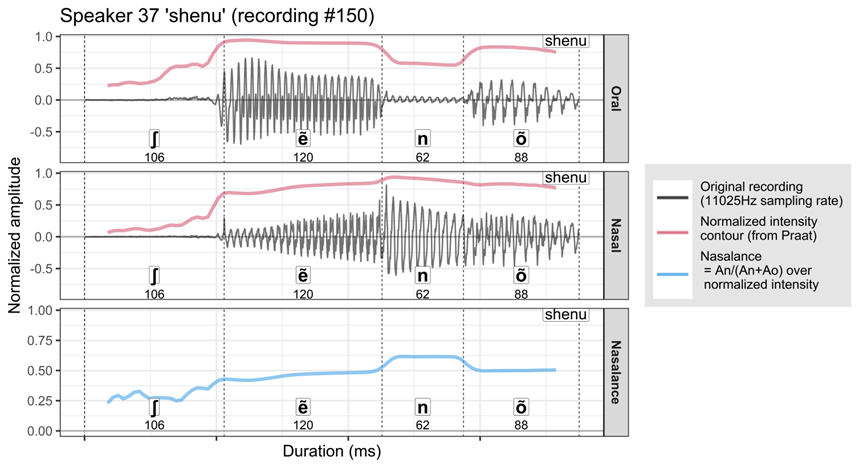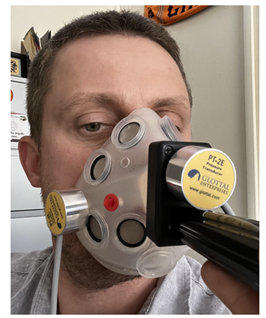A'ingae Nasals Project
Linguistics
WHO: Katie Arnold, Ryan Bennett, Ivan Cabrera-Perez,
WHAT: This study investigates the phonetics of A’ingae, an Indigenous language spoken in the Ecuadorian Amazon. The primary goal is to understand how ‘nasal vowels’ are produced in this language across a range of different contexts.
WHY: A’ingae has vowels that are produced with extensive nasal airflow but also vowels that are produced with partial nasal airflow. The co-occurrence of these two types of nasal vowels in A’ingae allows us to address broader theoretical questions about how the fine details of pronunciation are controlled from language to language.
WHAT'S NEXT: We’re working to analyze data from a larger number of A’ingae speakers, so we can investigate variation regarding how nasal vowels are produced in different environments by different speakers.
THE WOW: Speakers of A’ingae sometimes have the intuition that vowels before nasal consonants like n, m are ‘half-nasalized’. And in the data we’ve analyzed so far, vowels in this environment are often exactly half-nasalized!



